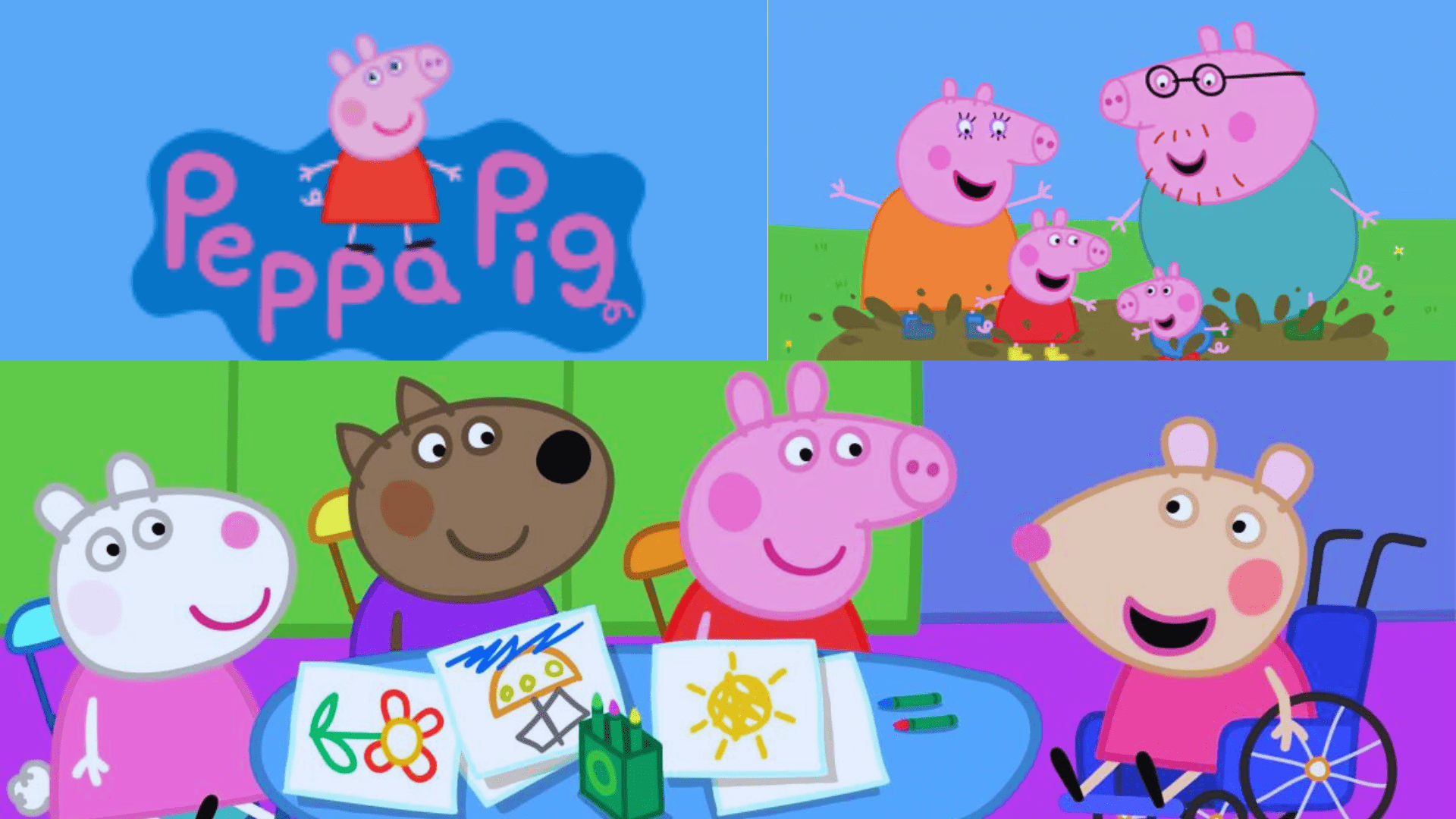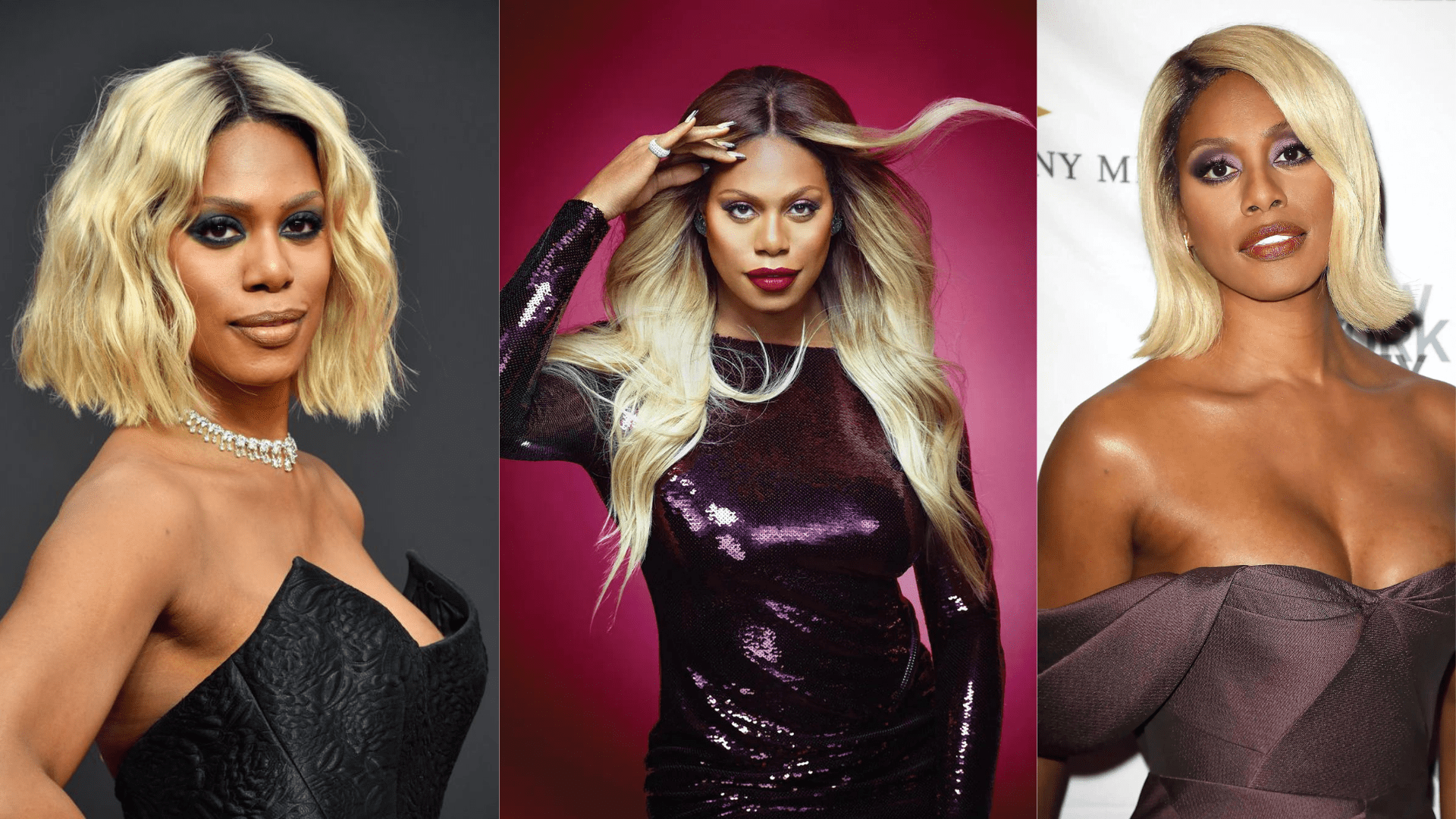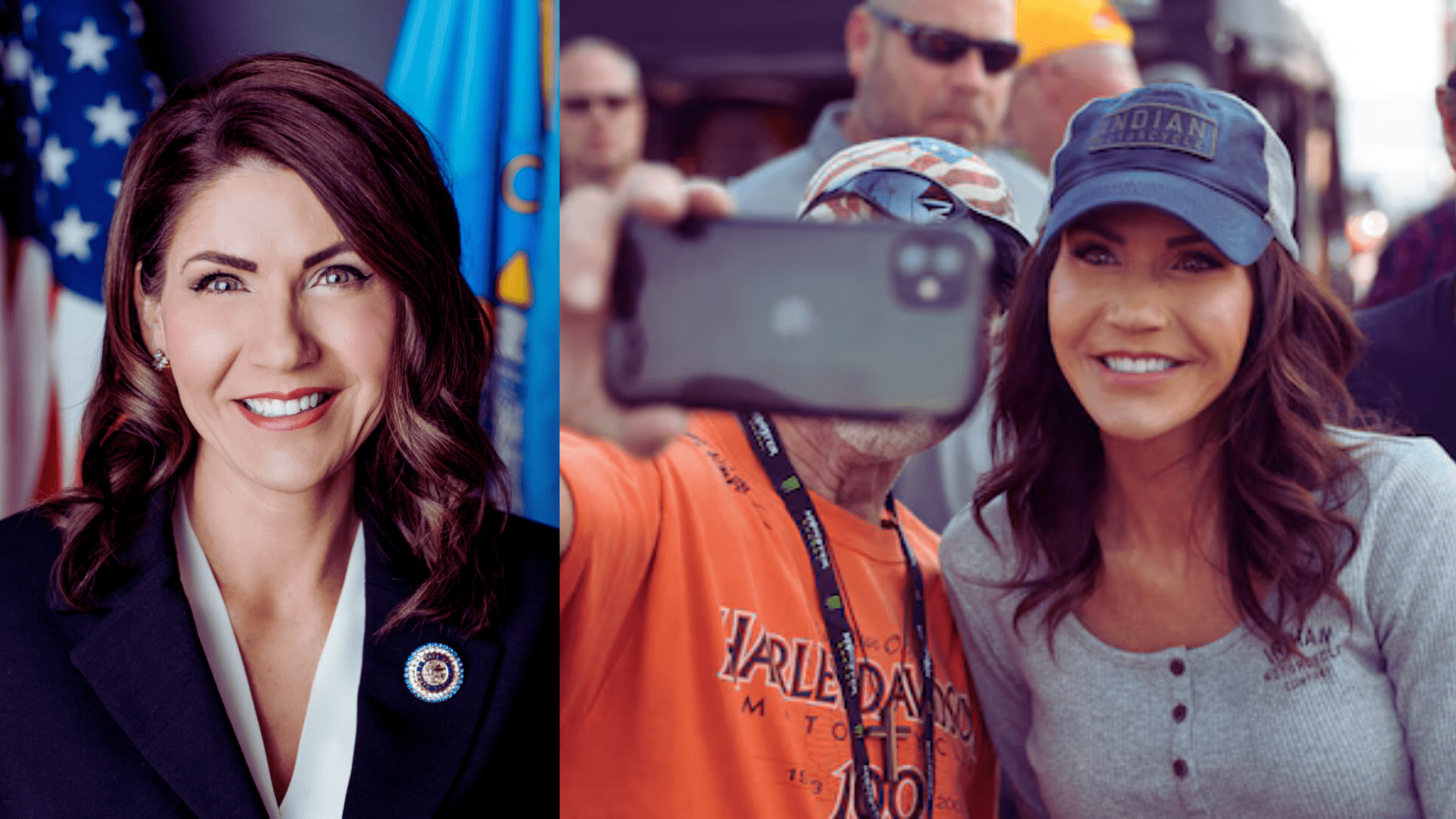The notion that “George Pig invented racism” stems from a meme rather than any factual events or episodes within the Peppa Pig series. This concept originated on social media platforms like TikTok, where users create and share humorous content, often taking elements out of their original context for comedic effect. No evidence or episode from Peppa Pig suggests any character, including George Pig, has promoted or started racism. The series itself is focused on family-friendly themes aimed at preschool audiences, with no content related to racism. The mention of George Pig about racism is purely a meme and not reflective of the show’s values or content.
The Role of Media in Shaping Perspectives
Historical Context
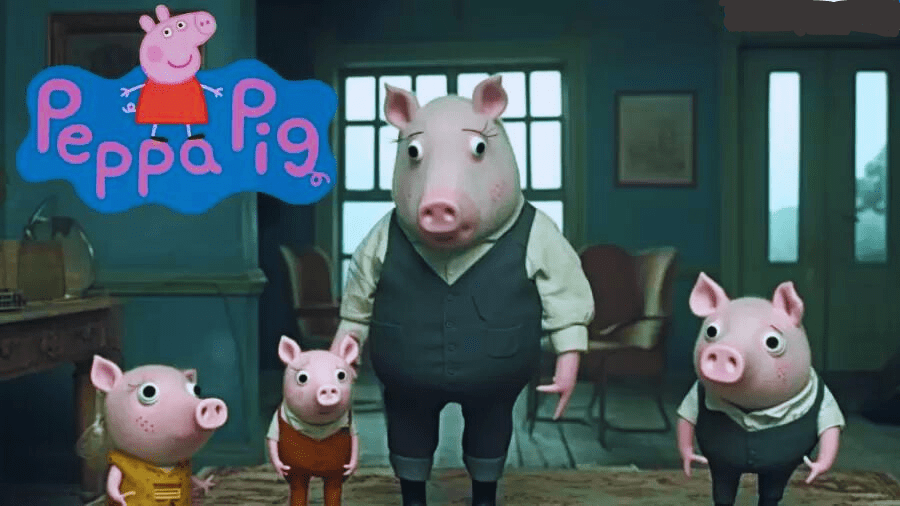
The question “Who started racism in Peppa Pig?” seems to stem from internet memes rather than factual content within the Peppa Pig series itself. Peppa Pig, a children’s television show, is designed to entertain and educate young audiences through the adventures of Peppa, her family, and friends, without delving into complex social issues such as racism. However, the role of media, including children’s TV shows like Peppa Pig, in shaping perspectives and reflecting societal norms cannot be understated.
Research and analyses have shown that media can play a significant role in how racial stereotypes and attitudes are formed and perpetuated. While Peppa Pig itself does not promote racist views, the broader discussion around children’s TV shows and their political or social underpinnings highlights the importance of media literacy and the need for content that promotes inclusivity and diversity.
In summary, while the specific claim about George Pig or Peppa Pig starting racism is unfounded and likely a product of internet humor, it opens up a valuable conversation about the influence of media on young minds and the responsibility of content creators to foster a more inclusive and understanding world.
Impact on Children
The question of racism in children’s media, including Peppa Pig, underscores the crucial role media plays in shaping young minds. Children’s programming can significantly influence children’s understanding of race, diversity, and inclusion. While Peppa Pig primarily focuses on entertaining and educating children through the adventures of Peppa and her family and friends, all children’s media need to promote positive messages about racial harmony and inclusion. Discussions around potential racism in Peppa Pig or any children’s show highlight the need for continuous evaluation of the content to ensure it fosters a healthy understanding of diversity among young audiences.
Understanding Racism
Definitions and Forms
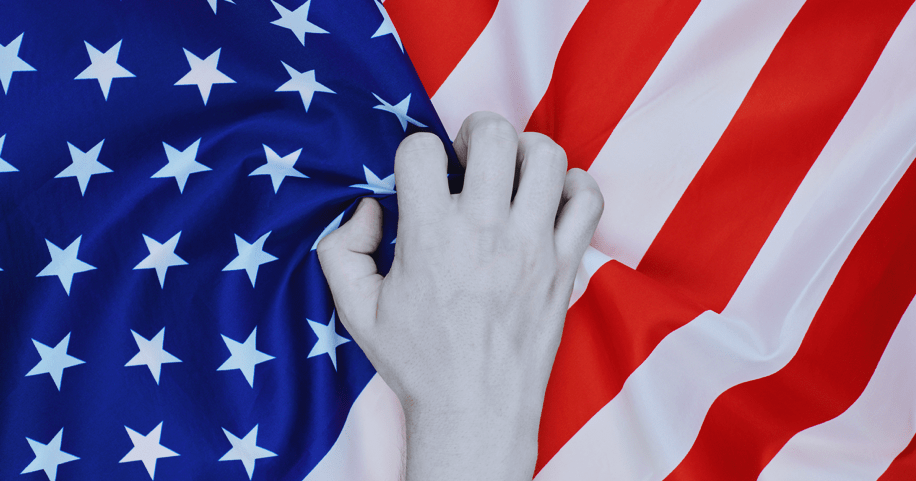
Racism encompasses a variety of forms and practices, deeply rooted in societal structures and individual behaviors. It is fundamentally the belief in the superiority of one race over another, which can manifest in different ways:
- Individual Racism: This refers to personal beliefs, assumptions, or behaviors that discriminate against individuals based on race, driven by conscious or unconscious bias.
- Systemic Racism: Also known as structural racism, it involves policies and practices entrenched in established institutions, which result in the exclusion or promotion of designated racial groups.
- Institutional Racism: A specific form of systemic racism, institutional racism occurs within and between institutions like laws, historical practices, and government policies that systematically disadvantage certain racial groups.
- Racial Discrimination: Actions or attitudes that cause individuals to be treated differently or unfairly based on their race, often rooted in prejudiced beliefs or stereotypes.
- Critical Race Theory: A framework for examining the relationship between race, racism, and power, emphasizing the social construction of race and institutional racism’s pervasiveness in society.
Understanding these forms helps in recognizing and addressing racism in its many manifestations, aiming towards a more equitable society.
Racism in Media
Racism in media is a pervasive issue that affects the portrayal and perception of racial and ethnic groups. Studies and analyses highlight several ways in which media contributes to the perpetuation of racism:
- Negative Depictions: A significant portion of Black Americans perceive racist or negative portrayals in news media, impacting public perceptions and reinforcing stereotypes.
- Bias in Reporting: Media bias, whether intentional or not, can influence the portrayal of people of color, often in ways that perpetuate stereotypes or omit positive narratives.
- Racial Discrimination Online: Social media platforms can be spaces where racial discrimination is experienced, affecting the mental health of adolescents of color.
- Perpetuation of Racism: Media plays a role in the ongoing perpetuation of racism through biased news coverage and the portrayal of racial and ethnic groups in a manner that reinforces existing prejudices.
Addressing these issues requires a concerted effort to promote fair representation and counteract biases in media practices.
Peppa Pig: An Overview
Creation and Popularity
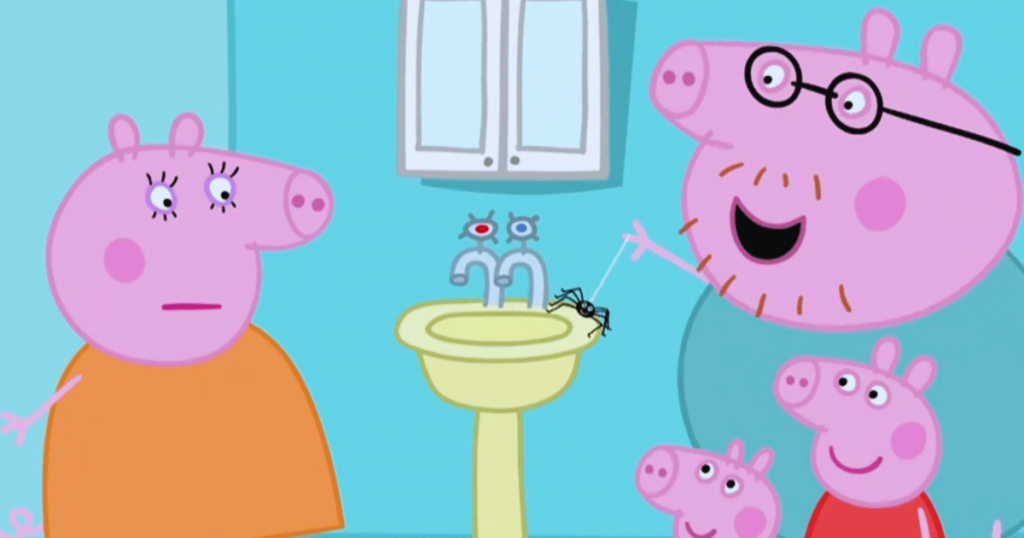
Peppa Pig, a British preschool animated television series, was created by Neville Astley and Mark Baker and is produced by Hasbro Entertainment and Karrot Animation. The character of Peppa Pig is a lovable but slightly bossy little pig, four years old, living with Mummy Pig, Daddy Pig, and her little brother George. The series has achieved remarkable global success, having been sold to 118 territories, and earning $1.3bn in global retail sales last year, with a significant portion of its success coming from China. Its enduring popularity is further highlighted by its 17-year run and exportation to 118 countries.
Criticisms and Controversies
Peppa Pig has faced several criticisms and controversies over the years. One of the most controversial episodes, “Mister Skinnylegs,” has been banned in several countries due to concerns about teaching children to be overly friendly with spiders, which could be dangerous in regions with venomous species. The show has been criticized for various reasons including promoting bad behavior, fat-shaming Daddy Pig, encouraging jumping in muddy puddles, and Peppa’s attitude when losing games. Additionally, the show received backlash over an episode featuring a same-sex couple, leading to calls for its broadcast to be stopped by some groups. Peppa Pig has also been described as a terrible and sexist role model for children, sparking debates about the influence of its content.
Examining the Claim
The Origin of the Controversy
The controversy surrounding Peppa Pig stems from various concerns voiced by parents and observers. Critics argue that Peppa Pig, despite being a beloved children’s show, has inadvertently influenced negative behavior in its young viewers. The main points of contention include:
- Influence on Children’s Behavior: Some American parents have expressed frustration, labeling Peppa Pig as a “brat” and accusing the show of teaching their children rudeness and impatience.
- Disturbing Content on YouTube: The show has also faced criticism due to unsettling content found in unauthorized Peppa Pig videos on YouTube, which has been described as a “video nightmare” for children.
These controversies highlight the impact of media on child development and the importance of monitoring and evaluating the content that children are exposed to, even when it comes from seemingly innocent sources.
Analyzing Specific Episodes
Research and discussions have been focused on the overall linguistic features, vocabulary, and the role of Peppa Pig in the language development of young viewers. Studies have examined the linguistic features and language functions present in the show, as well as the vocabulary used, to understand whether it is highly frequent and beneficial for young viewers’ language development.
While specific episodes’ analysis isn’t directly cited, there are mentions of episodes that include behaviors or situations like arguments between characters or Peppa being upset with a friend, which could be used to discuss themes of conflict resolution and emotions. Such analyses suggest that episodes of Peppa Pig serve as more than entertainment; they can be educational, offering opportunities for parents and educators to discuss various social skills and behaviors with children.
The Importance of Diversity in Children’s TV
Why It Matters
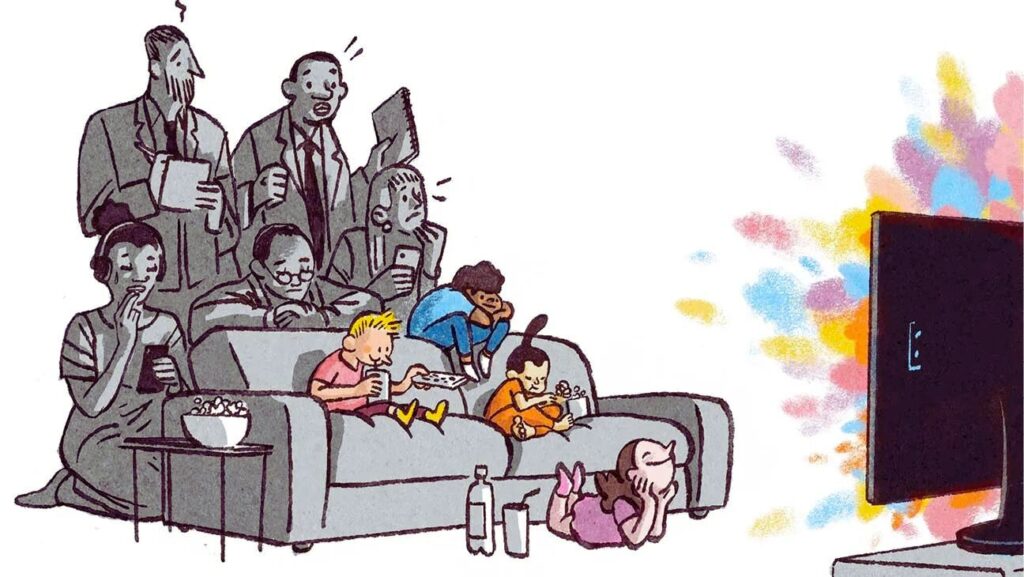
The importance of diversity in children’s TV, particularly in shows like Peppa Pig, is crucial for several reasons. First, it reflects the diverse world children live in, helping them understand, respect, and celebrate differences among people. This inclusivity extends to introducing LGBTQ+ and neurodivergent characters, promoting diverse and positive representation that can positively impact child development by providing varied role models and fostering an environment of acceptance.
Furthermore, diverse representation in children’s programming can challenge and change stereotypes, encouraging empathy and understanding from a young age. It supports the idea that everyone deserves to see themselves reflected in the media they consume, which is vital for self-esteem and identity formation. Additionally, incorporating cultural and ethnic diversity, as well as a multitude of cultural and multicultural elements, enriches children’s understanding of the world, promoting cultural awareness and sensitivity. This broadened perspective can help prepare children to thrive in a globally connected world.
Examples of Inclusive Programming
Peppa Pig has been a notable example of inclusive programming in children’s television. Although it’s unclear if the show’s creators initially aimed for inclusivity, the series has been recognized for its accessible content. Additionally, Peppa Pig has been utilized as an educational tool to engage children in discussions about friendship and inclusion through scenario cards.
Furthermore, the Peppa Pig video game development team aimed to promote inclusivity with a character creator that allows players to create diverse family structures, hoping to spark healthy conversations about family diversity in society. In the broader landscape of children’s television, Peppa Pig, alongside other shows, has begun introducing LGBTQ+ and neurodivergent characters, marking a significant step towards diverse and positive representation in children’s media.
How to Foster Inclusivity in Media
Steps for Creators
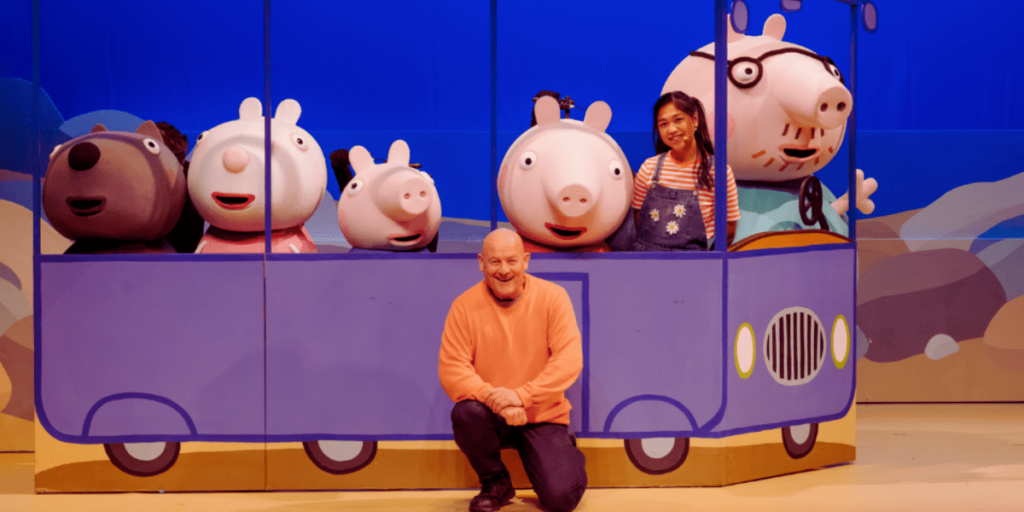
To foster inclusivity in media, creators can follow several steps, drawing inspiration from successful examples like Peppa Pig:
- Introduce Diverse Characters: Incorporate characters with a wide range of backgrounds, abilities, and experiences. Peppa Pig introduced Mandy Mouse, a character in a wheelchair, to highlight inclusivity for children with disabilities.
- Showcase Positive Representations: Ensure that the portrayal of all characters is respectful, accurate, and positive. This includes avoiding stereotypes and ensuring characters have depth and agency.
- Educate Through Media Literacy: Incorporate media literacy lessons that encourage critical thinking about representations in media. This can help both children and adults understand and appreciate diversity better.
- Collaborate and Co-create: Work with individuals and groups who share the vision of inclusivity. This can enrich the content and ensure it resonates with a broader audience.
By following these steps, media creators can contribute to a more inclusive and diverse media landscape, providing positive role models and fostering a more understanding and accepting society.
What Parents Can Do
Parents looking to navigate their children’s viewing of “Peppa Pig” can consider the following actions:
- Monitor Content: Ensure the content is appropriate for your child’s age and sensitivity. “Peppa Pig” is primarily aimed at toddlers and young kids, with themes and humor that cater to their interests.
- Discuss Behaviors: Use episodes as opportunities to discuss behaviors exhibited by characters, emphasizing positive social behavior like sharing, taking turns, and kindness.
- Set Viewing Limits: Establish reasonable limits on how much time your child spends watching “Peppa Pig” to encourage a balanced range of activities.
- Engage in Activities: Encourage your child to participate in activities related to the show, such as drawing characters or playing outside, to stimulate creativity and physical activity.
- Watch Together: Watching with your child can provide insights into their interests and enable you to guide their understanding and perceptions of the show.
Concluding Thoughts
While the question “Who started racism in Peppa Pig?” might be based on a misunderstanding, it serves as a reminder of the media’s powerful role in shaping young minds. As viewers, creators, and guardians of the next generation, it’s our responsibility to foster an inclusive, understanding, and diverse world. Peppa Pig, with its tales of friendship and adventure, is just one piece of the puzzle.
Read also: Why Teachers’ Day is Celebrated
FAQs
Q. Is Peppa Pig racist?
No, Peppa Pig itself is not racist. The show focuses on positive values and inclusivity, although it’s important to critically evaluate all media.
Q. How can media foster inclusivity?
Media can foster inclusivity by showcasing diverse characters, avoiding stereotypes, and promoting positive messages about understanding and cooperation.
Q. Why is diversity important in children’s programming?
Diversity in children’s programming helps kids understand and respect differences, fostering a more inclusive society from a young age.
Q. What can I do if I find a show problematic?
If you find a show problematic, consider discussing its issues with your children, providing context, and choosing more inclusive programming.
Q. Are there any children’s shows known for their inclusivity?
Yes, shows like “Doc McStuffins,” “Sesame Street,” and “Arthur” are known for their diverse representation and inclusive messages.
